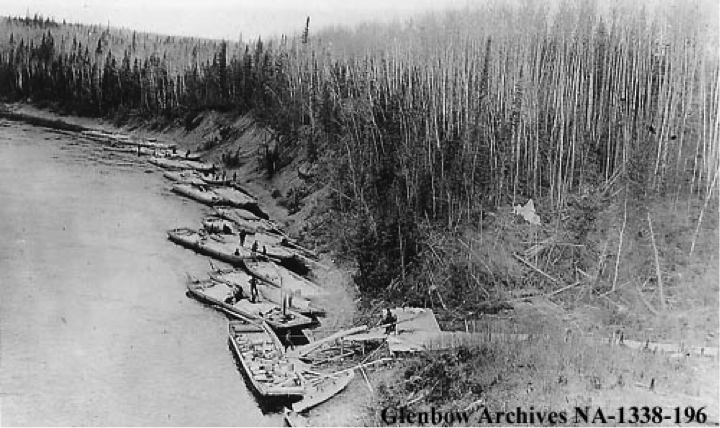
OUR history
The people are the First Peoples that worked and lived within the Kenogami Watershed. During the 1880s the Hudson’s Bay Company erected a post on the Kenogami River below the Forks of the Albany and Kenogami Rivers. At this time the H.B.C. post factor transferred the accounts of 12 “Albany Indians” to the English River post as they hunted closer to the English River.
In 1901 the census of the Unorganized Territories indicated that there were 85 people living at English River though the Church Missionary Society and reported that there were a growing 100 people at that location. Years later frequent reporting would qualify the residents an entitlement “band status” and dedicated a land base reservation. In 1912, the department of Indian Affairs completed a survey by J.S.Dobie, D.L.S. of the English River reserve which contained 12 square miles.
In the years to follow, residents began to move from the English River Reservation south down the Pagwa River and landed in an area unanimously called Pagwa village. Constance Lake First Nation (CLFN), is primarily the successor of the English River First Nation, originally an off-shoot of the Albany Band by the commissioners at the time of signing and conclusion of Treaty 9 in 1905.
A report in May 1940 documented that the majority of the English River Band resided at Pagwa, but it was not until 1943 that Indian Affairs began to contemplate creating a new Band of Indians for those living at Pagwa. A survey of the Calstock Reserve, now named Constance Lake, was completed on September 21, 1944, and it was vested in Canada on January 9, 1945. On March 16, 1945, an Order in Council was passed setting aside the land as an Indian Reserve for the use and benefits of CLFN.



